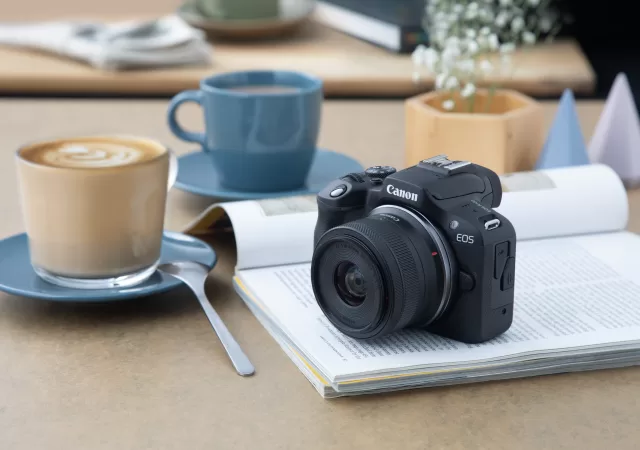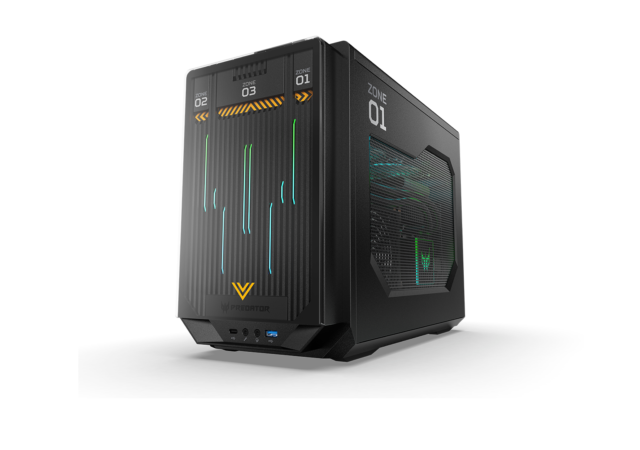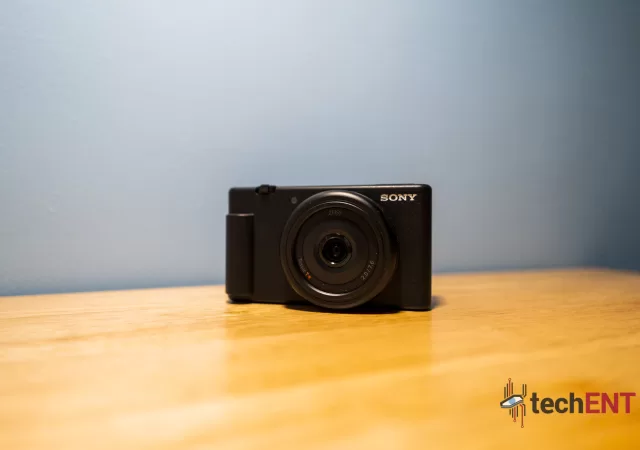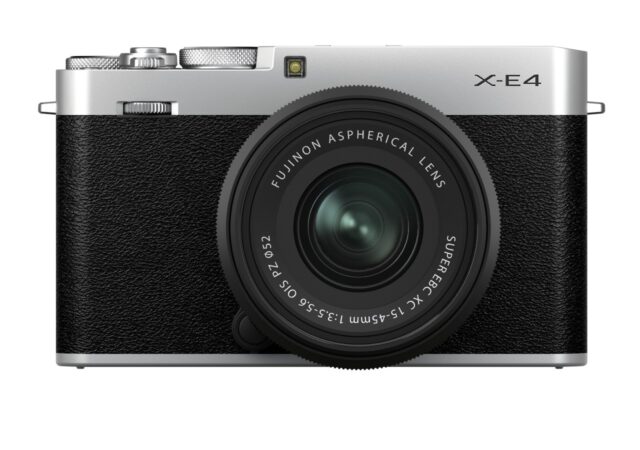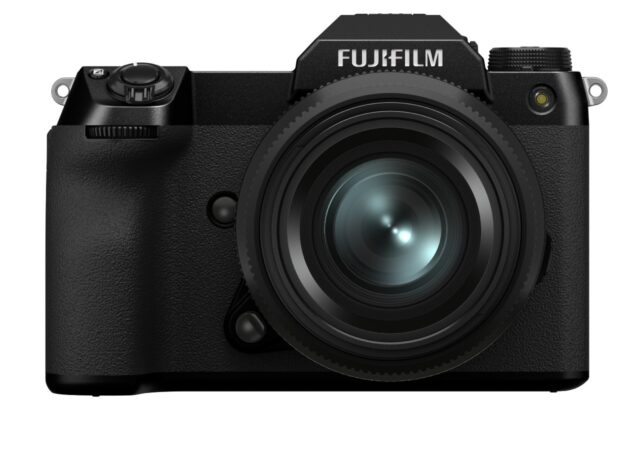Canon releases their latest EOS R100, their most affordable and compact EOS R mirrorless camera to date at MYR 2,379.
[next@Acer 2023] Acer’s Latest Predator Orion X Desktop is Probably the Most Powerful Small Form Factor Desktop Tower You Can Buy Now.
Acer introduces the Predator Orion X in Next@Acer 2023, the compact gaming PC packing the most powerful hardware money can buy.
The Sony ZV-1F In-Depth Review – Just Like the ZV-1, But Not Really
Sony’s ZV-1F is made for content creators that are looking for a simple vlogging or even streaming set-up. Does this fit the bill?
FUJIFILM X-E4 Launches in Malaysia, Available Late February 2021 Onward
FUJIFILM launches the new X-series X-E4 compact mirrorless camera in Malaysia. Available February 2021 onward.
FUJIFILM GFX100S Launches in Malaysia – 102-Megapixel From a Bigger Sensor in a Smaller Body
There is a reason why you hardly see a medium format camera out in the wild or used by street photographers. For one, they are quite humongous compared to the modern full-frame DSLR. That size also comes with some heft…



